Bearded dragons are fascinating reptiles known for their unique ability to change colors. These color shifts aren’t just random occurrences—they’re sophisticated communication methods that can tell you a lot about your pet’s health, mood, and environmental comfort. As a bearded dragon owner, understanding these chromatic changes is crucial for providing optimal care. From stress signals to mating displays, your dragon’s color palette serves as a window into their physical and emotional state. This comprehensive guide will help you decode what your bearded dragon’s changing colors are trying to tell you, enabling you to respond appropriately to their needs.
The Science Behind Bearded Dragon Color Changes

Unlike chameleons who change color through specialized cells called chromatophores, bearded dragons have a somewhat different mechanism. Their color changes occur through a combination of specialized cells in their skin and hormonal responses to various stimuli. These cells contain pigments that can expand or contract, creating visible changes in your dragon’s appearance. The process is typically slower than what you might observe in chameleons, often taking minutes or even hours for a complete transition. This color-changing ability evolved as both a survival mechanism in the wild and as a means of communication with other dragons. Understanding this biological process helps owners recognize that color changes are meaningful physiological responses rather than simply cosmetic shifts.
Normal Color Variations in Healthy Bearded Dragons
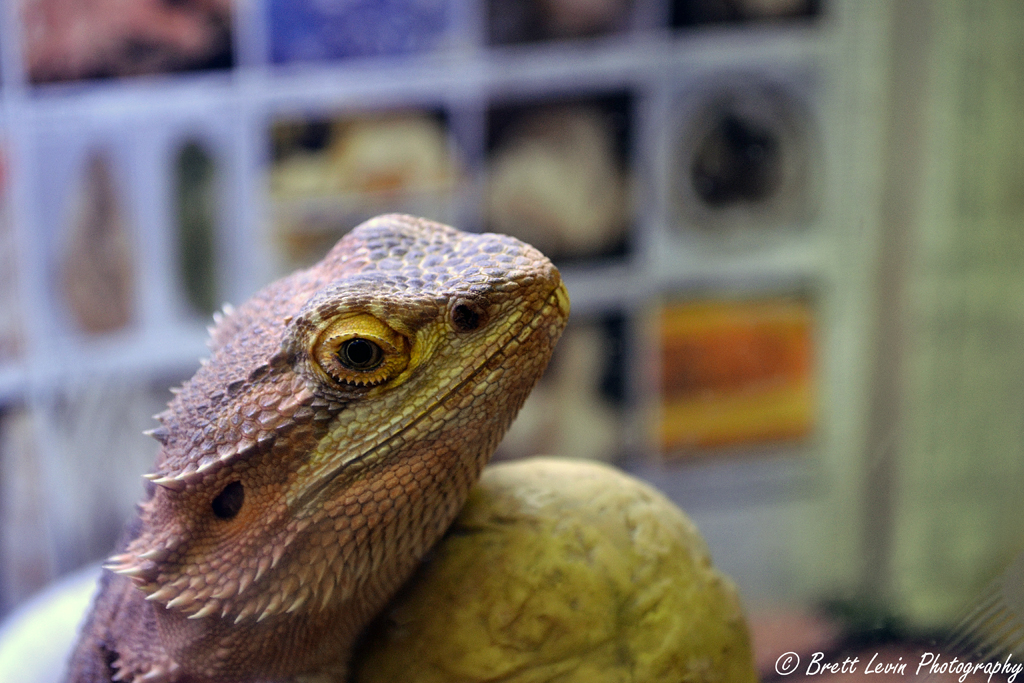
Before interpreting color changes as signals, it’s important to understand what constitutes your bearded dragon’s normal coloration. Healthy bearded dragons come in various morphs and natural color ranges, from sandy beige to vibrant orange, yellow, and even red tones. Their baseline color typically appears brightest and most vibrant during active daylight hours when they’re warm and content. Many dragons naturally lighten their color slightly in the morning to absorb heat more efficiently, then darken as the day progresses. Seasonal variations are also common, with some dragons displaying slightly duller colors during brumation periods. It’s essential to establish what’s normal for your individual dragon by observing their typical daily color patterns when they’re in good health.
Dark Coloration: Thermoregulation at Work
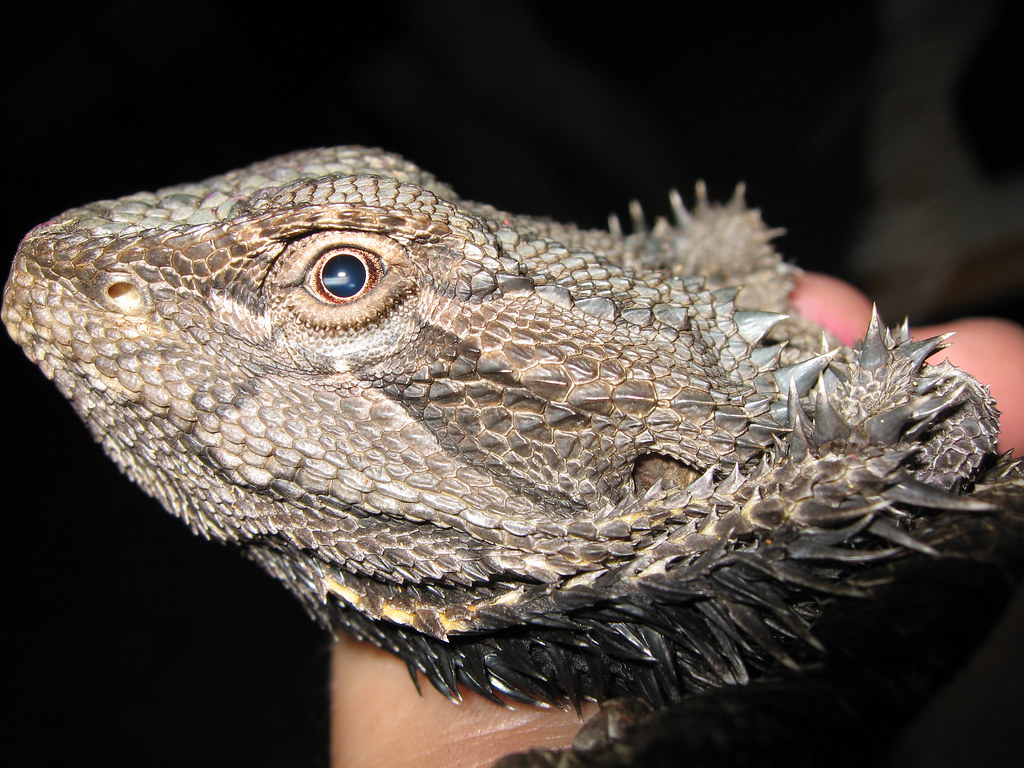
One of the most common color changes you’ll observe is your bearded dragon turning a darker shade of their normal color. This darkening is primarily related to thermoregulation—the process by which reptiles manage their body temperature. When your dragon feels cold, they’ll often turn darker to absorb more heat from their environment, essentially using their skin as a solar panel. You might notice this color change in the morning when they’re first positioned under their basking lamp, or if the ambient temperature in their enclosure has dropped. This darkening is perfectly normal and serves an important biological function. However, if your dragon remains dark despite proper temperatures, this could indicate other issues that require attention.
Light Coloration: Cooling Down and Comfort

The opposite of darkening, when your bearded dragon displays lighter-than-normal coloration, this often indicates they’re trying to cool down or reflect heat away from their body. A bearded dragon that’s too hot may turn a pale, washed-out version of their normal color, particularly if they’re in an area of their enclosure that’s too warm. This color change can be accompanied by open-mouth breathing (gaping) and spending time in cooler areas of the terrarium. Some dragons also display lighter colors when they’re relaxed and comfortable in their environment. If your dragon regularly displays very light colors during hot parts of the day, you might need to adjust your enclosure’s temperature gradient to provide adequate cooling options.
Stress Marks and Patterns: Recognizing Anxiety
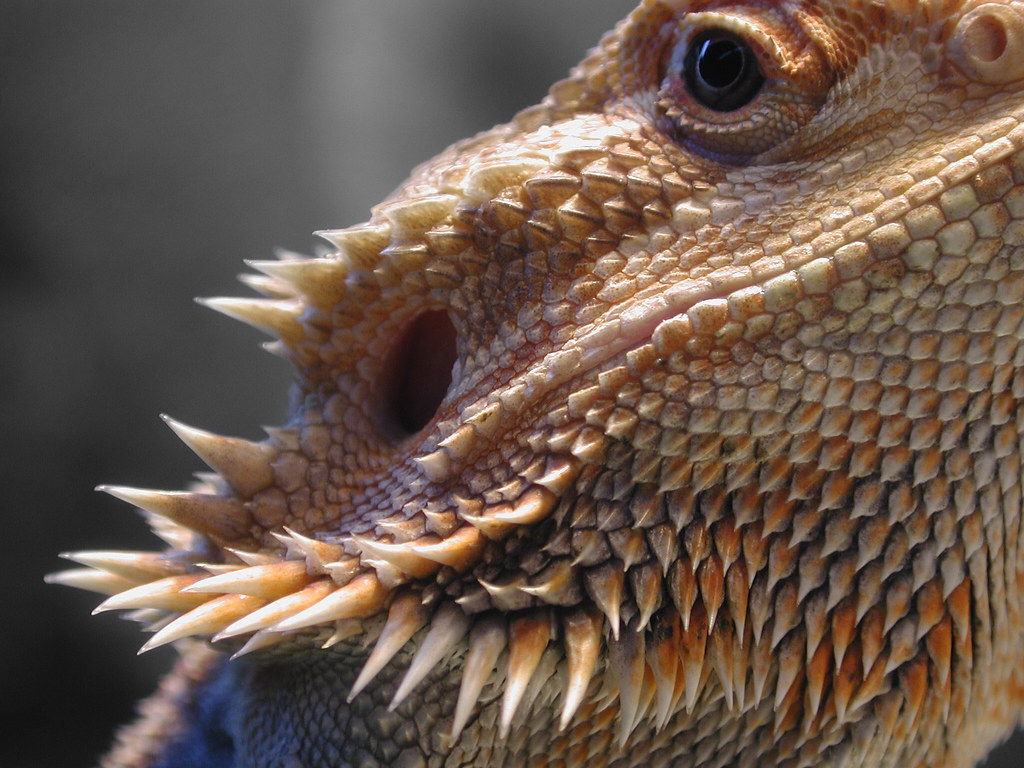
Stress in bearded dragons often manifests as distinctive dark markings or patterns, particularly on their belly and under their chin. These stress marks typically appear as dark, wavy lines or oval patterns against a lighter background. Young bearded dragons display these marks more frequently than adults, but they can appear at any age in response to stressors. Common triggers include handling by unfamiliar people, the presence of potential predators (like household pets), loud noises, or recent relocation to a new enclosure. These marks are your dragon’s way of communicating discomfort and should be taken seriously. Prolonged stress can compromise your dragon’s immune system and overall health, so identifying and addressing the source of stress is crucial for their wellbeing.
Beard Darkening: Dominance and Territorial Displays
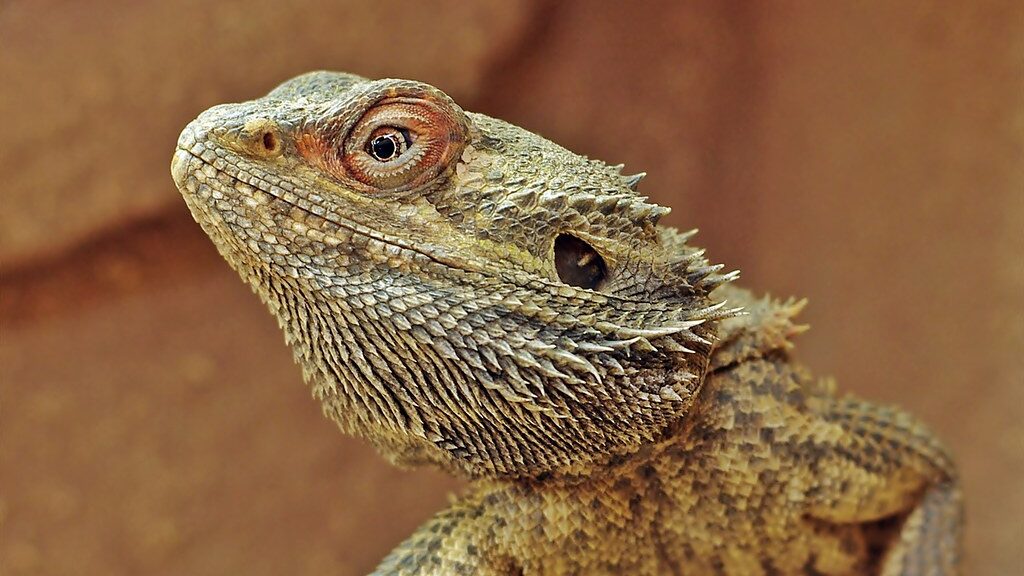
Perhaps the most dramatic color change occurs when a bearded dragon’s namesake beard turns black or very dark. This distinctive display is a sign of territorial assertion, dominance, or defensive posturing. Male dragons frequently darken their beards when they see their reflection, encounter another male, or feel the need to establish dominance in their environment. This beard darkening is typically accompanied by a flattening of the body, head bobbing, and possibly arm waving. Female dragons can also display a black beard, though typically less frequently than males. While occasional beard darkening is normal, frequent or persistent black beard displays might indicate your dragon feels constantly threatened, which could require adjustments to their environment to reduce perceived threats.
Vivid Color Enhancement During Breeding Season

During breeding season, many bearded dragons—particularly males—display enhanced coloration as part of their mating behavior. This can include more vibrant head coloration, brighter orange or yellow on their body, and increased contrast between different color areas. These intensified colors serve as visual signals to potential mates, advertising the dragon’s health and genetic fitness. Females may also show subtle color changes during breeding season, though typically less dramatic than males. Accompanying these color changes, you might notice increased activity, head bobbing, arm waving, and territorial behavior. While these seasonal color changes are normal, they can sometimes be mistaken for stress or illness, so context is important when interpreting breeding-related color enhancements.
Illness-Related Color Changes to Watch For
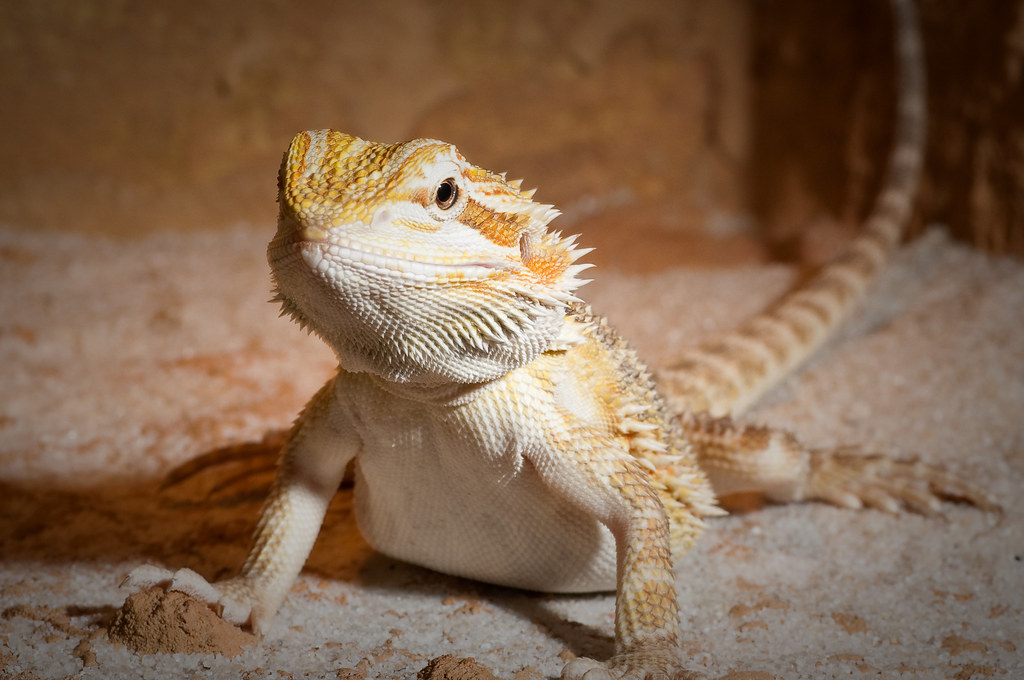
Some color changes can signal health problems that require veterinary attention. A consistently pale or yellowed appearance might indicate parasitic infection, nutritional deficiencies, or liver problems. Dragons suffering from respiratory infections often display darker coloration that doesn’t change even when temperature conditions vary. Patchy or uneven coloration that persists for days might indicate skin infections or metabolic issues. Perhaps most concerning is when a bearded dragon turns very dark or black across their entire body (not just the beard) and remains that way despite optimal temperatures and low-stress conditions. This global darkening can indicate severe illness or pain and warrants immediate veterinary care. Always consider color changes in conjunction with other symptoms like lethargy, decreased appetite, or abnormal feces.
Color Changes During Shedding Cycles

During the shedding process, bearded dragons typically undergo noticeable color changes that are completely normal. Prior to shedding, many dragons develop a dull, grayish, or whitish appearance as the old skin begins to separate from the new skin beneath. This dulling effect can make their normal patterns and colors appear muted or washed out. Once shedding begins, you might notice uneven coloration as patches of old skin come off at different rates. After a complete shed, bearded dragons often display their brightest, most vibrant colors as the fresh new skin is revealed. Shedding-related color changes are temporary and follow a predictable pattern, unlike changes related to stress or illness. Proper humidity and hydration during shedding periods can help ensure this process goes smoothly.
Environmental Factors Affecting Coloration
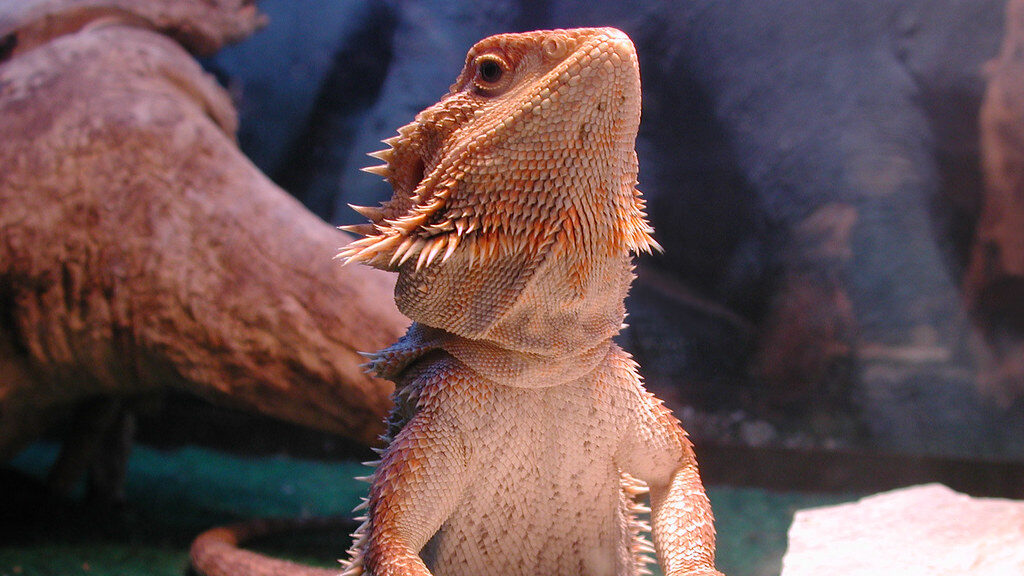
Your bearded dragon’s environment plays a significant role in their coloration patterns. Inadequate UVB lighting can lead to duller colors and poor overall health, as proper UVB exposure is essential for vitamin D3 synthesis and calcium metabolism. Temperature gradients that don’t provide appropriate basking and cooling zones can cause stress-related color changes as your dragon struggles to thermoregulate. Enclosure size and setup also matter—dragons in cramped or barren enclosures may display stress colors more frequently than those in spacious, enriched environments. Even substrate choices can impact coloration, as improper substrates might cause irritation or stress. Regular assessment of all environmental factors is essential for maintaining your dragon’s natural, healthy coloration patterns.
Age-Related Color Changes in Bearded Dragons
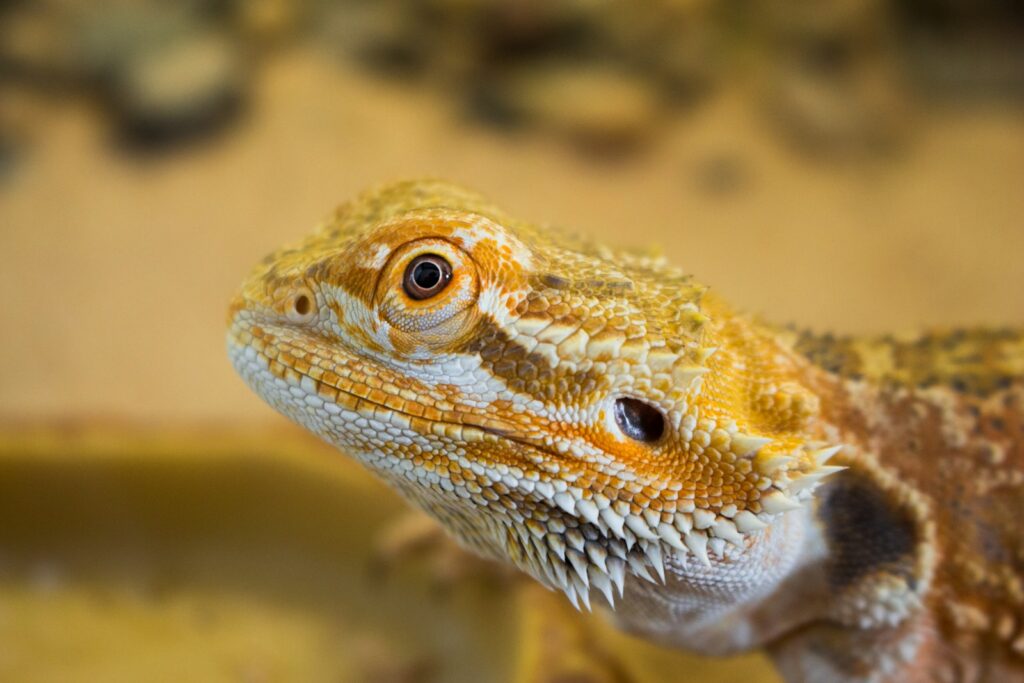
Bearded dragons naturally undergo color changes as they mature from hatchlings to adults. Baby bearded dragons typically display more prominent stress marks and pattern variations than adults, even under optimal conditions. As juveniles grow, their colors often become more defined and vivid, with adult coloration typically established between 12-18 months of age. Some morphs, like leatherbacks or hypos, may show more dramatic color development during maturation than standard morphs. Senior bearded dragons (typically over 5-7 years old) may gradually develop duller coloration as part of the natural aging process. These age-related changes occur gradually over months or years, unlike the rapid changes associated with stress or thermoregulation, and represent normal developmental progression rather than concerning symptoms.
How to Document and Monitor Color Changes
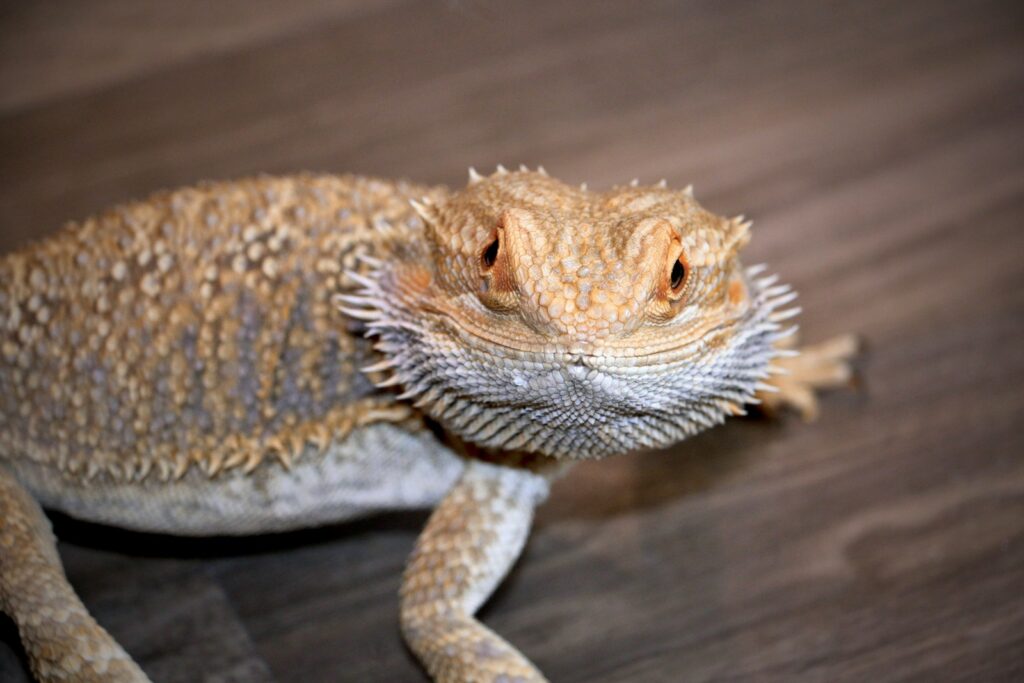
Keeping track of your bearded dragon’s color changes can provide valuable insights into their health and behavior patterns. Regular photography under consistent lighting conditions creates a visual record of your dragon’s normal coloration and any concerning changes. Maintaining a journal that notes color changes alongside environmental factors, recent diet, behavior, and handling can help identify triggers for specific color responses. This documentation is particularly useful during veterinary visits, as it provides concrete evidence of changes that might not be apparent during a brief examination. Digital tools and apps designed for reptile keeping can help organize this information systematically. When monitoring color changes, consistency is key—try to observe your dragon at the same times each day to establish baseline patterns and more easily identify deviations.
When to Consult a Veterinarian About Color Changes
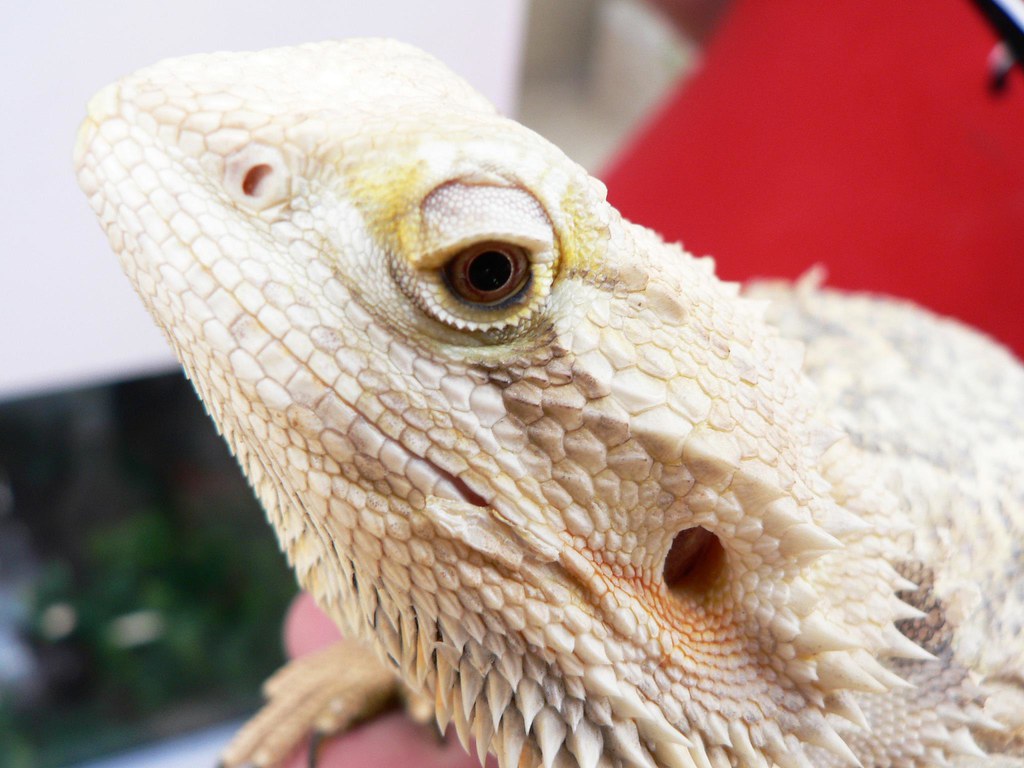
While many color changes are normal responses to environmental factors or social stimuli, certain patterns warrant professional attention. Persistent dark coloration that doesn’t improve with temperature adjustments or stress reduction may indicate illness. Sudden dramatic changes without clear environmental causes should be evaluated, particularly when accompanied by behavioral changes like lethargy or appetite loss. Unusual patchy coloration that doesn’t follow normal shedding patterns might indicate skin infections or parasites. Yellowing of the skin or mucous membranes could suggest liver problems. When in doubt, it’s always better to consult an exotic veterinarian with reptile experience. Prepare for your appointment by bringing your color change documentation, habitat information, and recent dietary history to help your vet make an accurate assessment.
Creating an Environment That Promotes Healthy Coloration
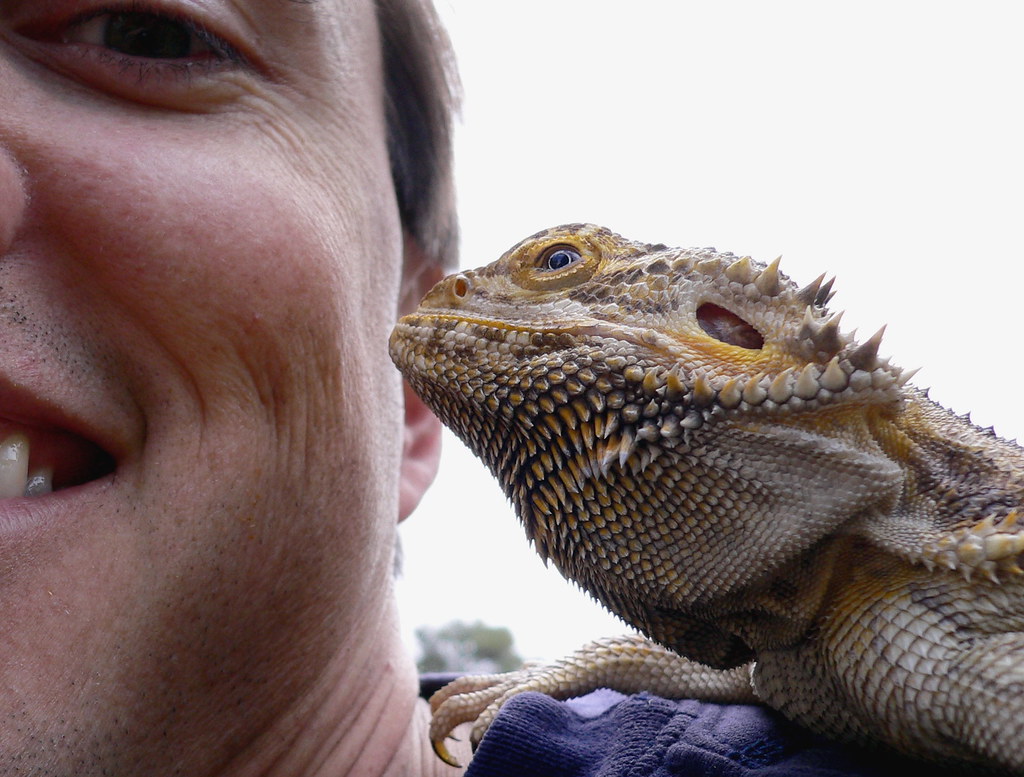
The most vibrant, healthy coloration in bearded dragons comes from creating an optimal living environment. This includes providing a proper temperature gradient with a basking spot of 100-110°F (38-43°C) and a cooler side around 80°F (27°C). High-quality UVB lighting that’s changed according to manufacturer recommendations ensures proper vitamin D synthesis and calcium metabolism. A varied diet rich in appropriate insects, vegetables, and occasional fruits supplies the nutrients needed for vibrant coloration. Spacious enclosures with plenty of enrichment, hiding spots, and climbing opportunities reduce stress-related color changes. Regular cleaning prevents bacterial and fungal issues that might affect skin health. By addressing all aspects of husbandry, you create conditions where your bearded dragon can display their natural, healthy coloration patterns without the interference of stress, illness, or environmental inadequacies.
Understanding your bearded dragon’s color changes is an invaluable skill that enhances your ability to provide appropriate care. By recognizing the difference between normal variations and concerning shifts, you can respond promptly to your pet’s changing needs. Whether they’re communicating temperature preferences, stress levels, or potential health issues, these chromatic signals offer direct insight into your dragon’s wellbeing. With practice and observation, you’ll develop an intuitive understanding of your specific dragon’s color language, strengthening the bond between you and your scaly companion while ensuring they remain healthy and content in your care.

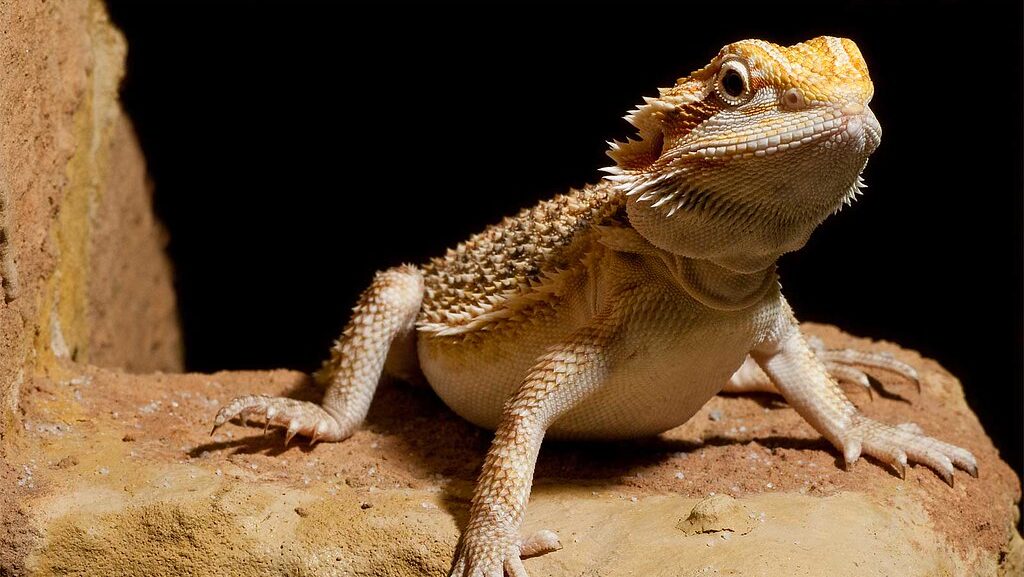
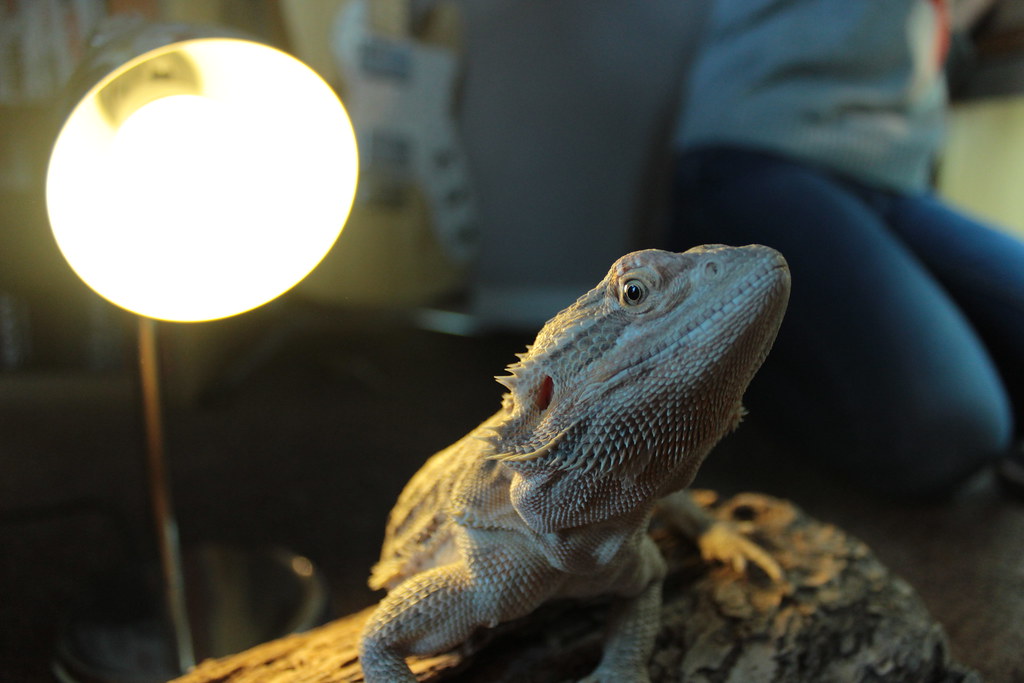
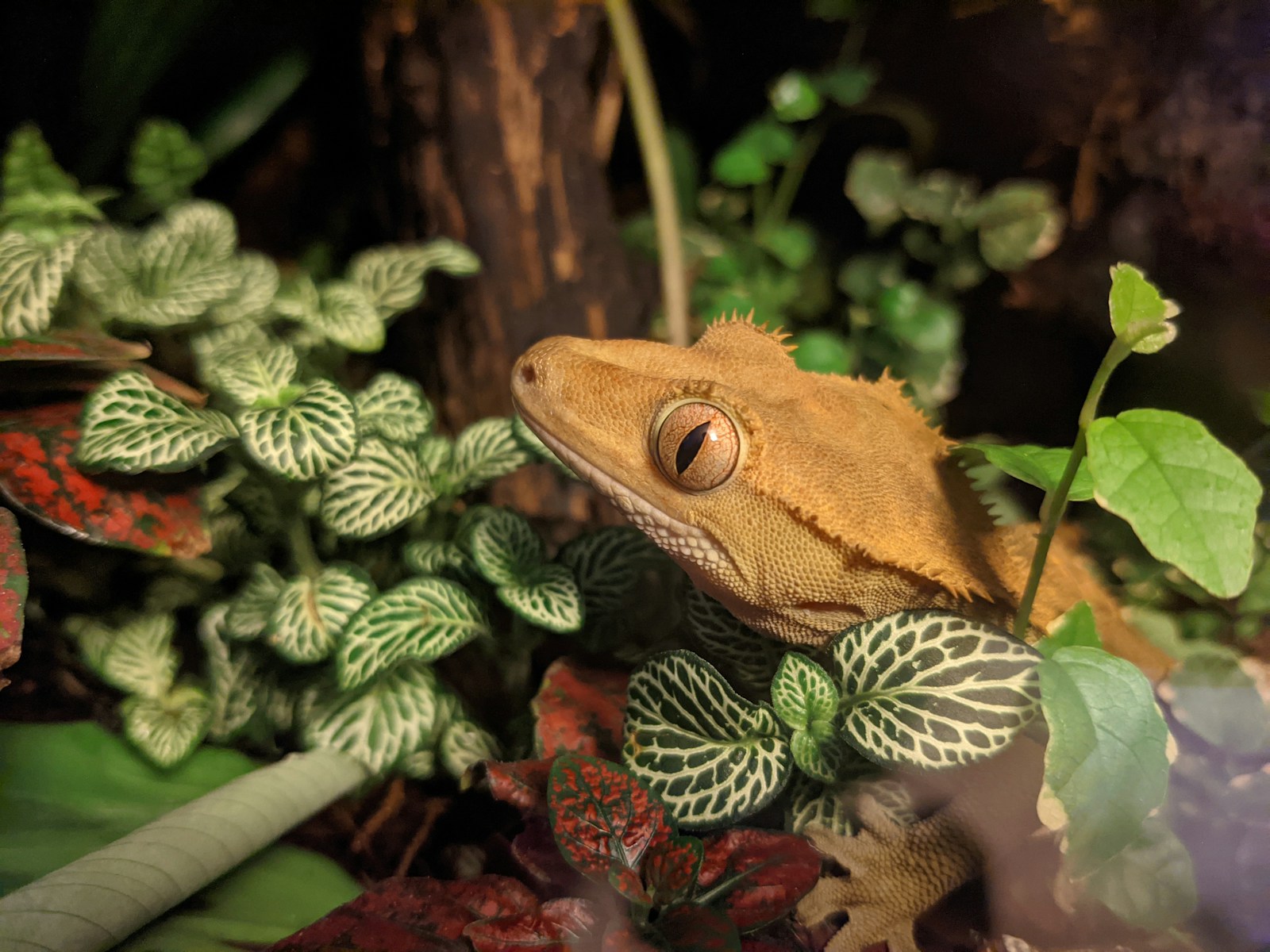

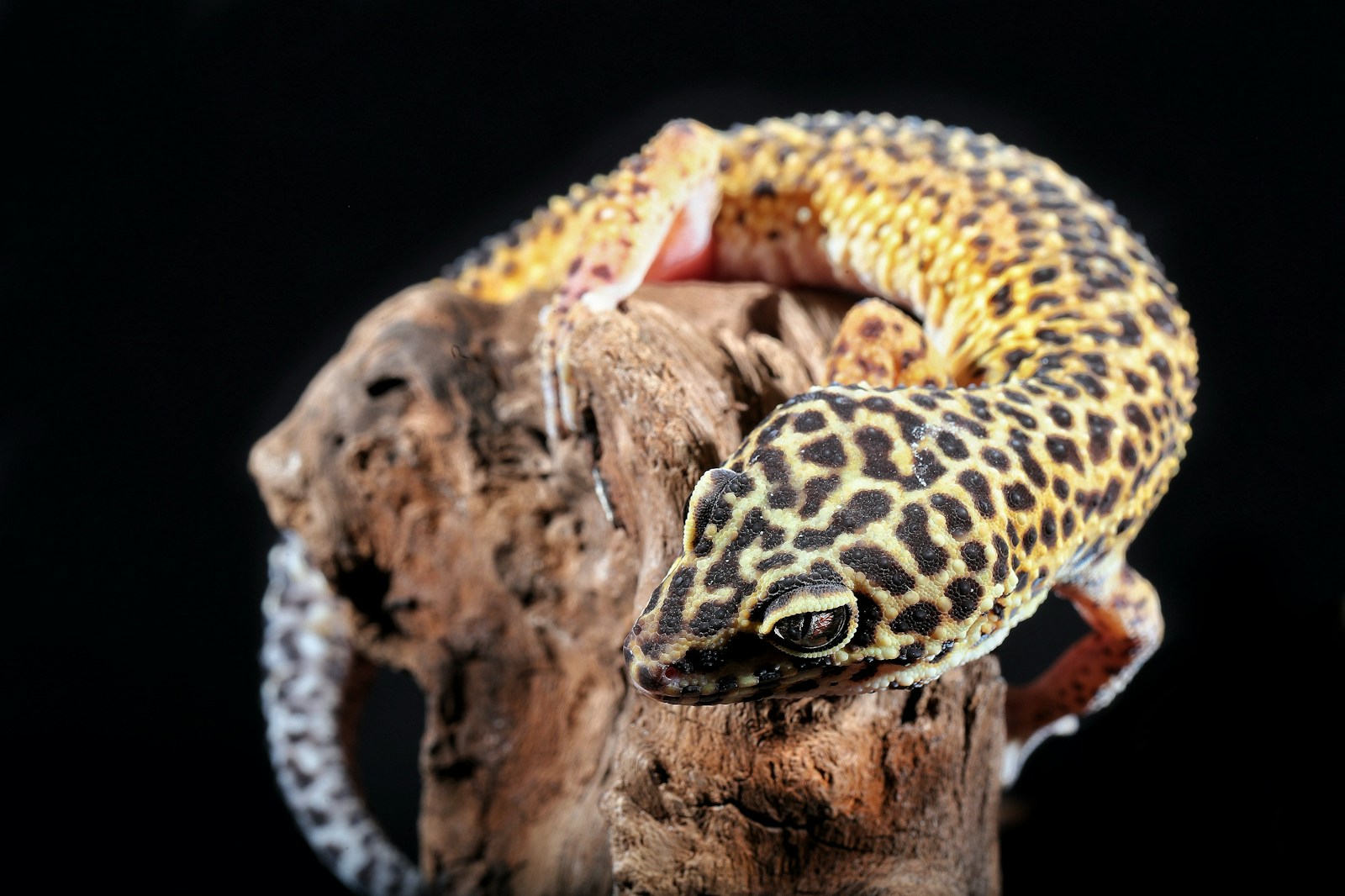

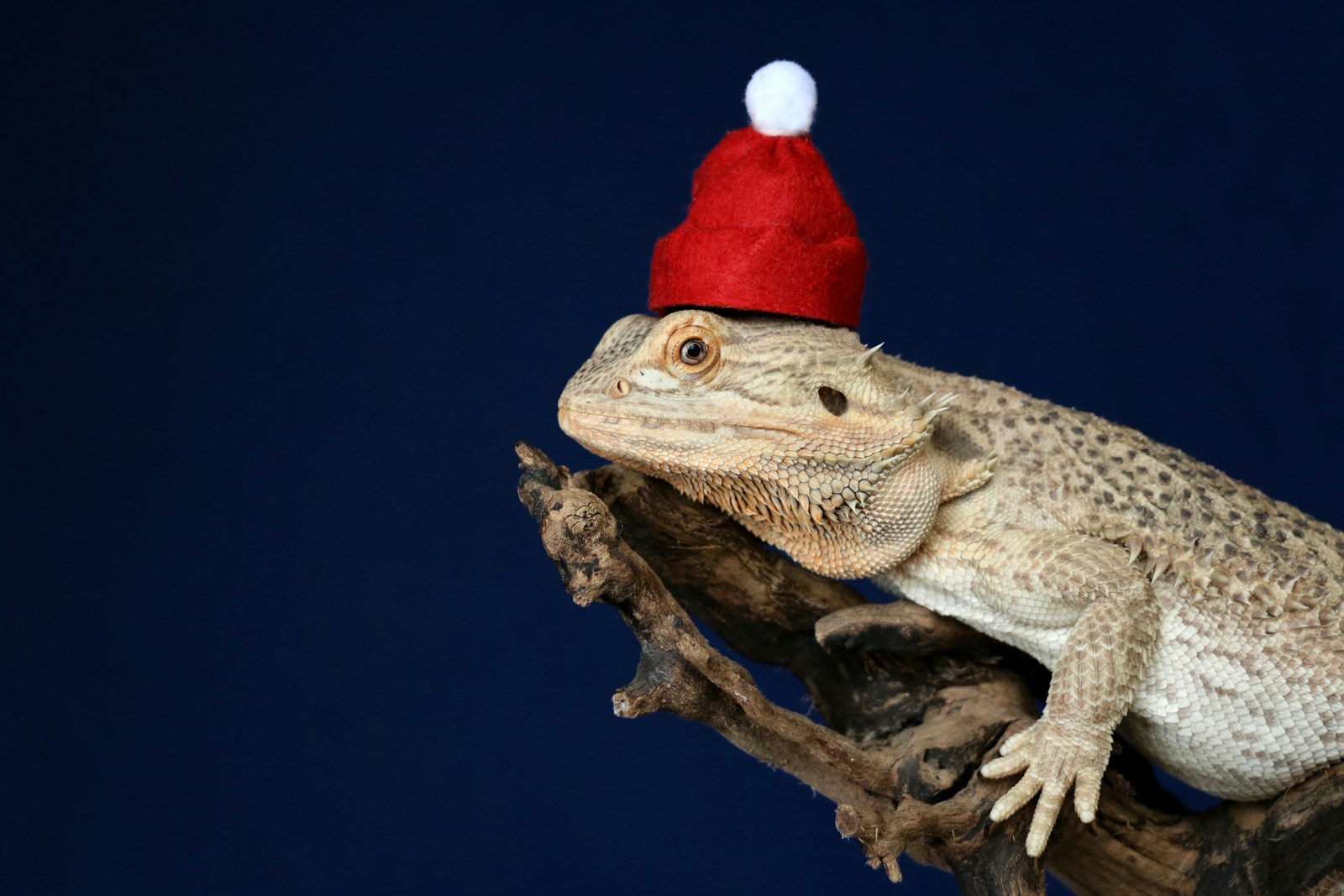

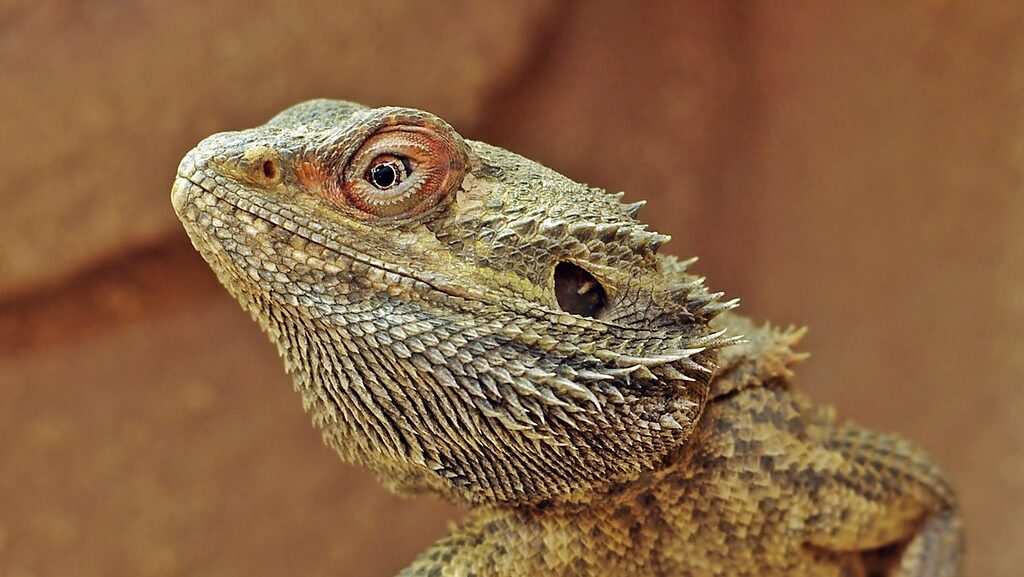
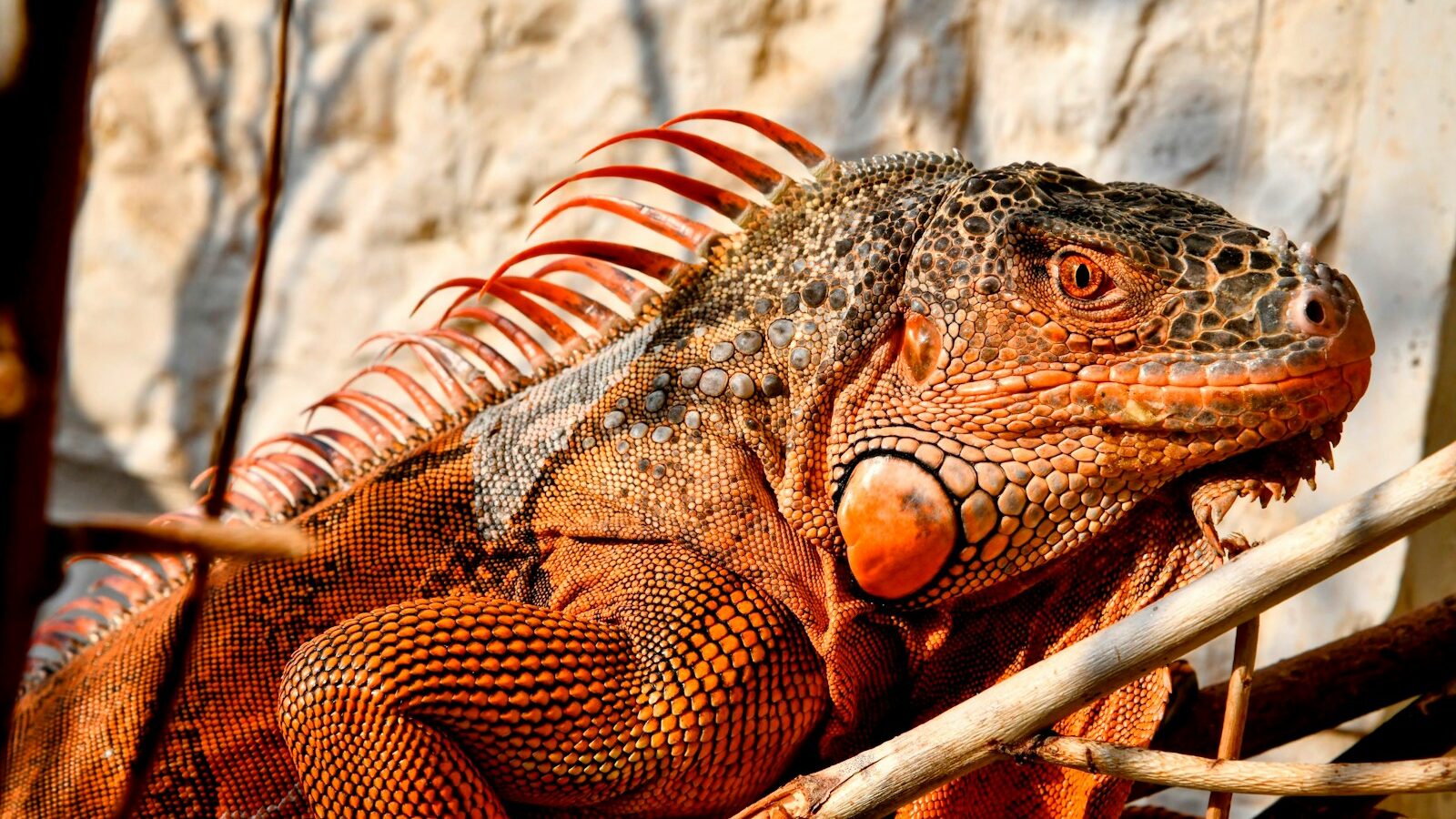
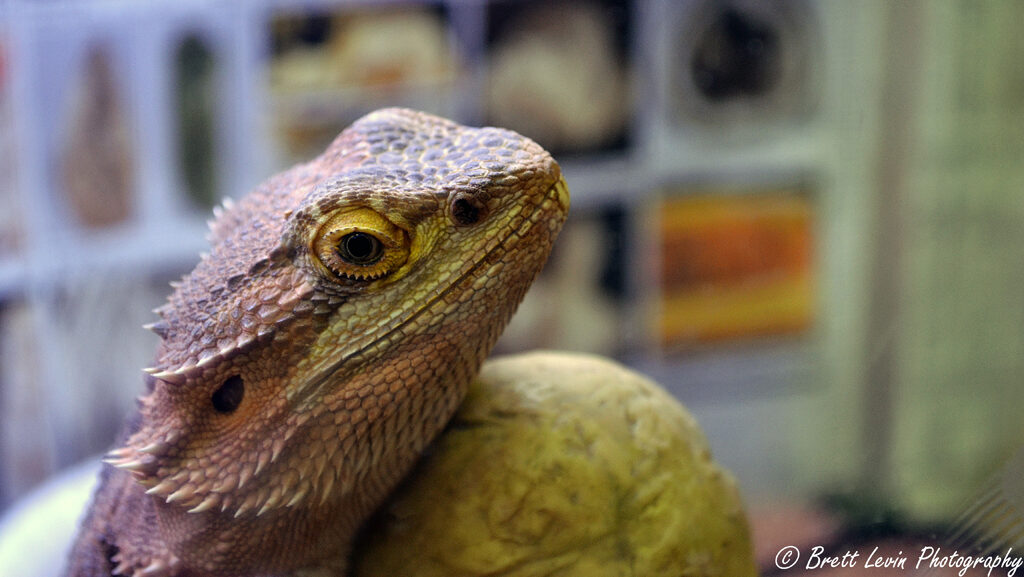
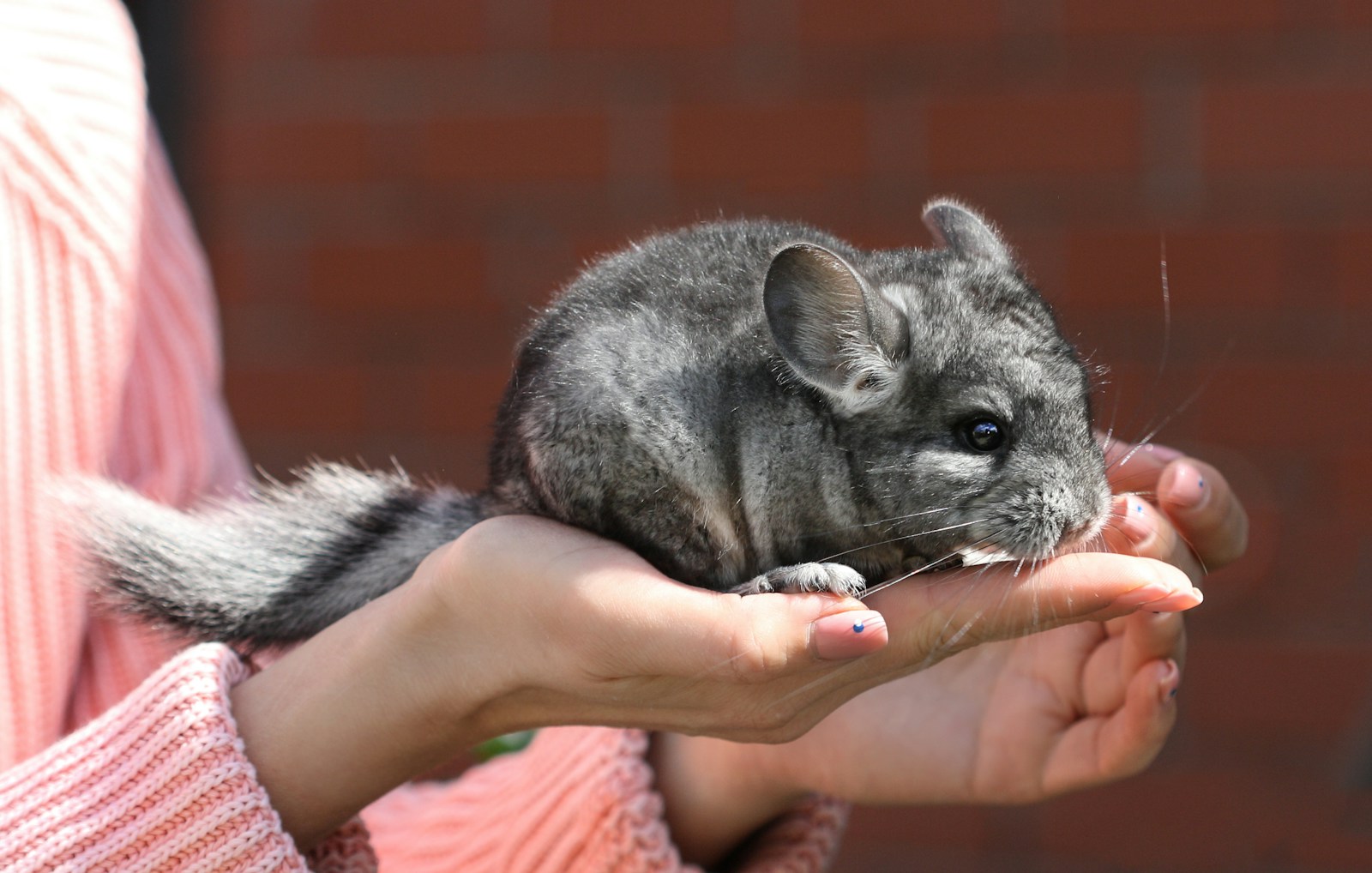

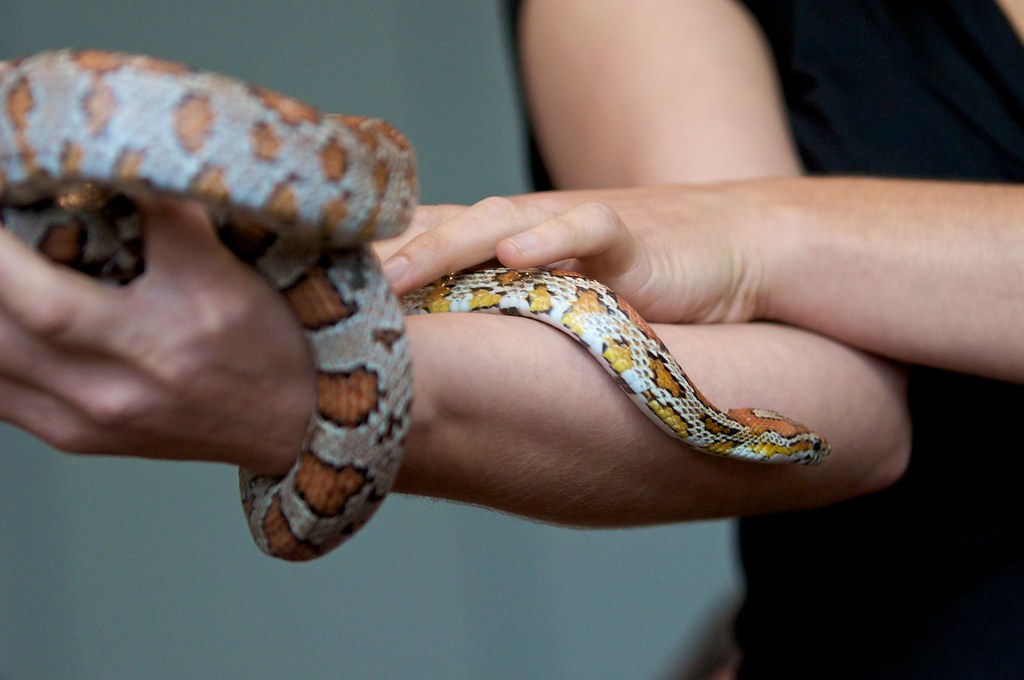
Leave a Reply